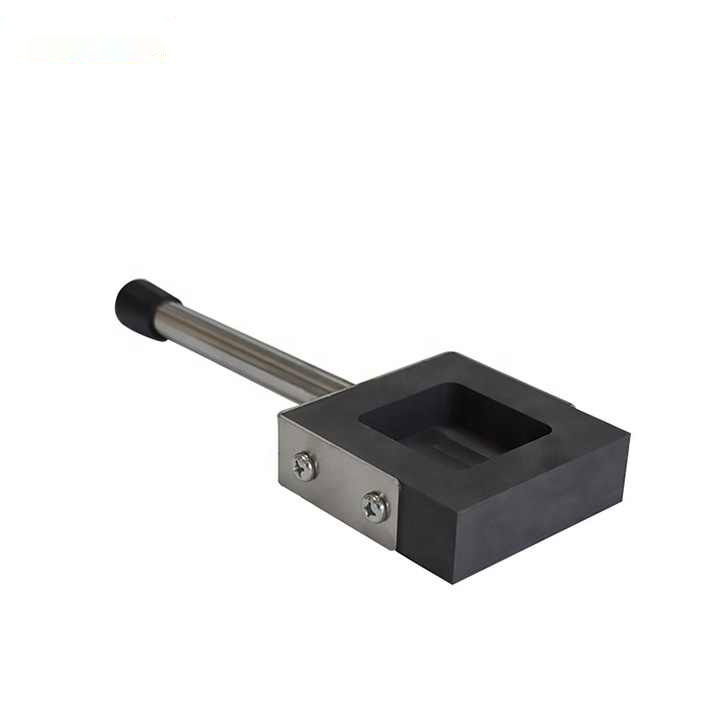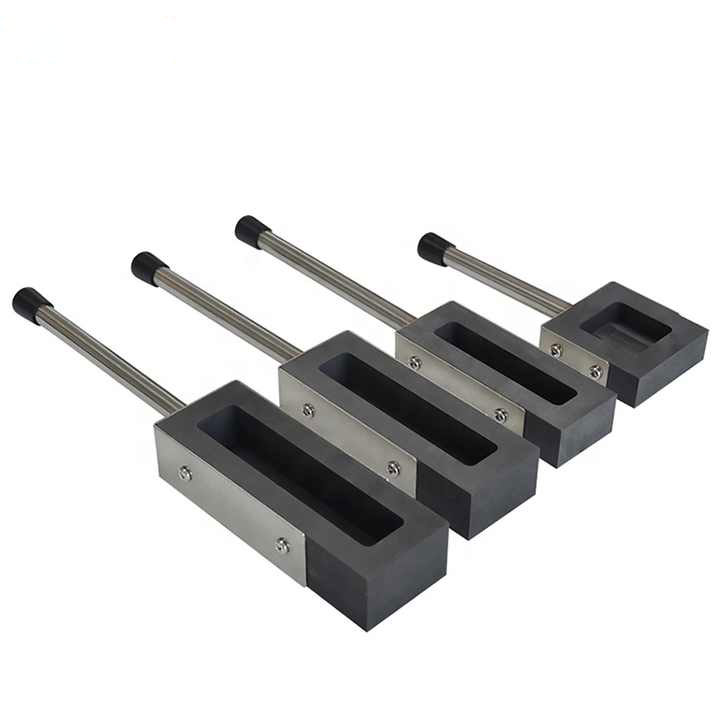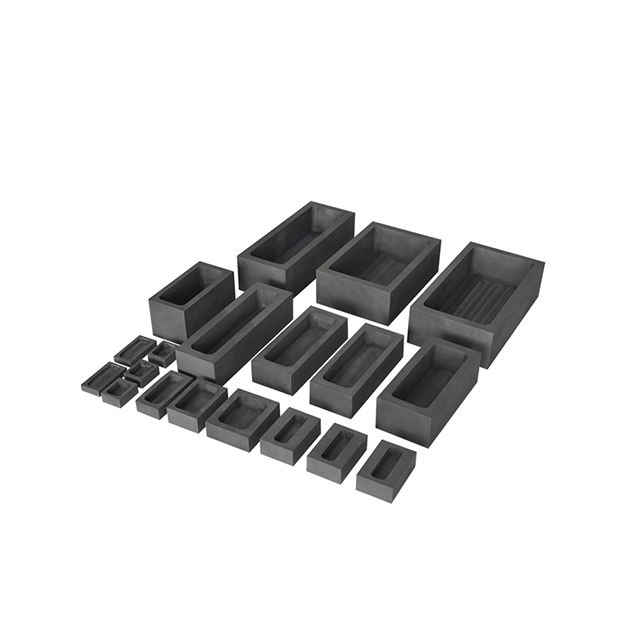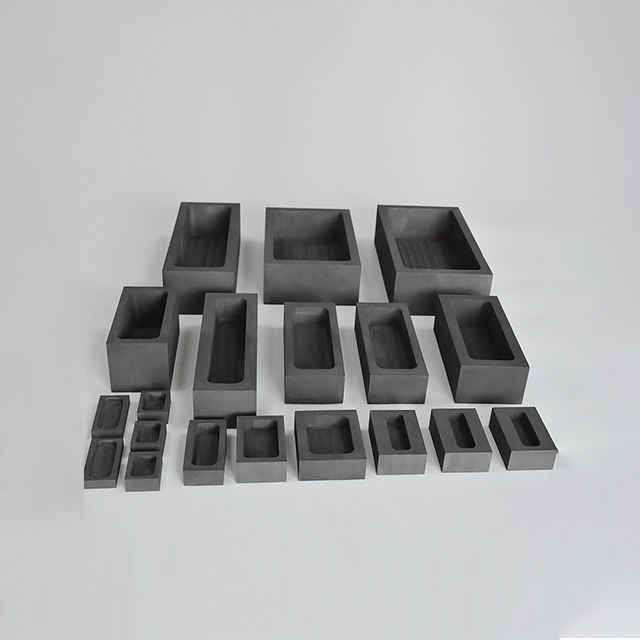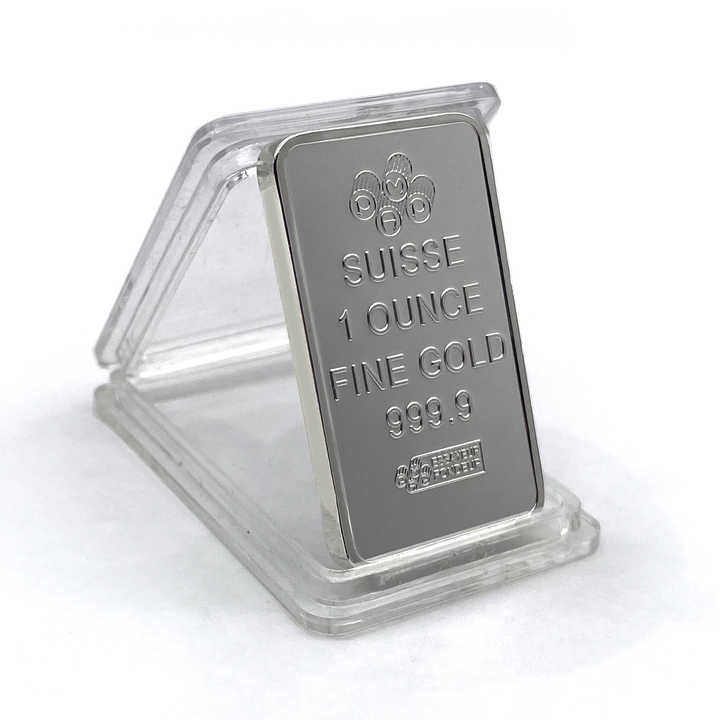silver smelting molds
Silver Smelting Molds Essential Tools for Precision and Quality
Silver smelting molds play a crucial role in the refining process, enabling the transformation of molten silver into usable shapes such as bars, ingots, and other forms. These molds are essential for achieving precise dimensions, ensuring consistency in product quality, and facilitating the efficient handling of refined silver. This article explores the importance of silver smelting molds, their types, benefits, and considerations for selecting the right mold for your needs.
The Role of Silver Smelting Molds
Silver smelting molds are used to shape molten silver after it has been melted and refined. They help in creating consistent and standardized forms of silver, which are essential for various applications including jewelry, investment bars, and industrial uses. The use of molds ensures that the final product meets specific size and weight requirements, contributing to quality control and efficient processing.
Types of Silver Smelting Molds
Several types of molds are used in the silver smelting process, each designed to cater to different needs and applications:
1. Ingot Molds
Ingot molds are designed to create silver ingots, which are bars of silver used for storage, investment, or further processing. They come in various sizes and shapes:
- Standard Ingot Molds: Typically used to produce rectangular ingots with standardized dimensions. Ideal for investment purposes and bulk handling.
- Custom Ingot Molds: Tailored to produce ingots of specific dimensions or with custom features, suitable for specialized applications.
2. Bar Molds
Bar molds are used to produce silver bars of various sizes and shapes. They are essential for creating bars that can be used in industrial applications or as investment assets:
- Long Bar Molds: Create elongated bars used in manufacturing or industrial processes.
- Short Bar Molds: Produce shorter bars, often used for investment or retail purposes.
3. Coin Molds
Coin molds are used to create silver coins, which may be collectible or used for currency. These molds are typically detailed and may include intricate designs:
- Collectible Coin Molds: Designed to create coins with detailed patterns and inscriptions, suitable for numismatic purposes.
- Standard Coin Molds: Used to produce coins for general circulation or commercial use.
4. Custom Molds
Custom molds are designed for unique or specialized applications. These molds can be tailored to create specific shapes, sizes, or designs based on individual requirements:
- Specialty Molds: Created for specific products or applications, such as artistic pieces or custom jewelry.
- Prototype Molds: Used for developing new designs or testing product concepts before full-scale production.
Benefits of Using Silver Smelting Molds
Using silver smelting molds offers several advantages, including:
Precision and Consistency
Molds ensure that each piece of silver is produced with precise dimensions and consistent quality. This is crucial for maintaining standards in products and ensuring they meet customer expectations.
Efficiency
Molds streamline the production process by providing a standardized shape for molten silver. This reduces the need for additional processing or reshaping, improving overall efficiency.
Enhanced Appearance
High-quality molds produce smooth and well-defined surfaces on silver products. This enhances the visual appeal and ensures that the final product meets aesthetic standards.
Considerations for Selecting Silver Smelting Molds
When choosing silver smelting molds, consider the following factors:
Material
- Steel Molds: Durable and suitable for high-temperature applications. Steel molds are often used for bulk production and industrial processes.
- Graphite Molds: Provide excellent thermal conductivity and are resistant to high temperatures. Graphite molds are commonly used for precision casting and high-quality products.
Size and Shape
- Size: Choose molds that match the desired size and weight of the final product. Accurate sizing is essential for meeting specifications and ensuring uniformity.
- Shape: Consider the shape of the mold based on the intended use of the silver. Custom shapes may be required for specific applications or designs.
Ease of Use and Maintenance
- Ease of Use: Select molds that are easy to handle and fit well with your smelting equipment. Molds should allow for smooth pouring and removal of the silver.
- Maintenance: Choose molds that are easy to clean and maintain. Regular maintenance ensures longevity and consistent performance.
Cost
- Budget: Consider the cost of the molds in relation to your budget. While high-quality molds may have a higher initial cost, they often offer better durability and performance, which can be more cost-effective in the long run.
Silver smelting molds are essential tools in the refining process, providing precision, efficiency, and consistency in shaping molten silver into various forms. By understanding the different types of molds available, their benefits, and key considerations for selection, you can make informed decisions that enhance the quality and efficiency of your silver smelting operations. Whether for investment bars, jewelry, or custom products, the right mold ensures that your silver products meet the highest standards of quality and performance.










